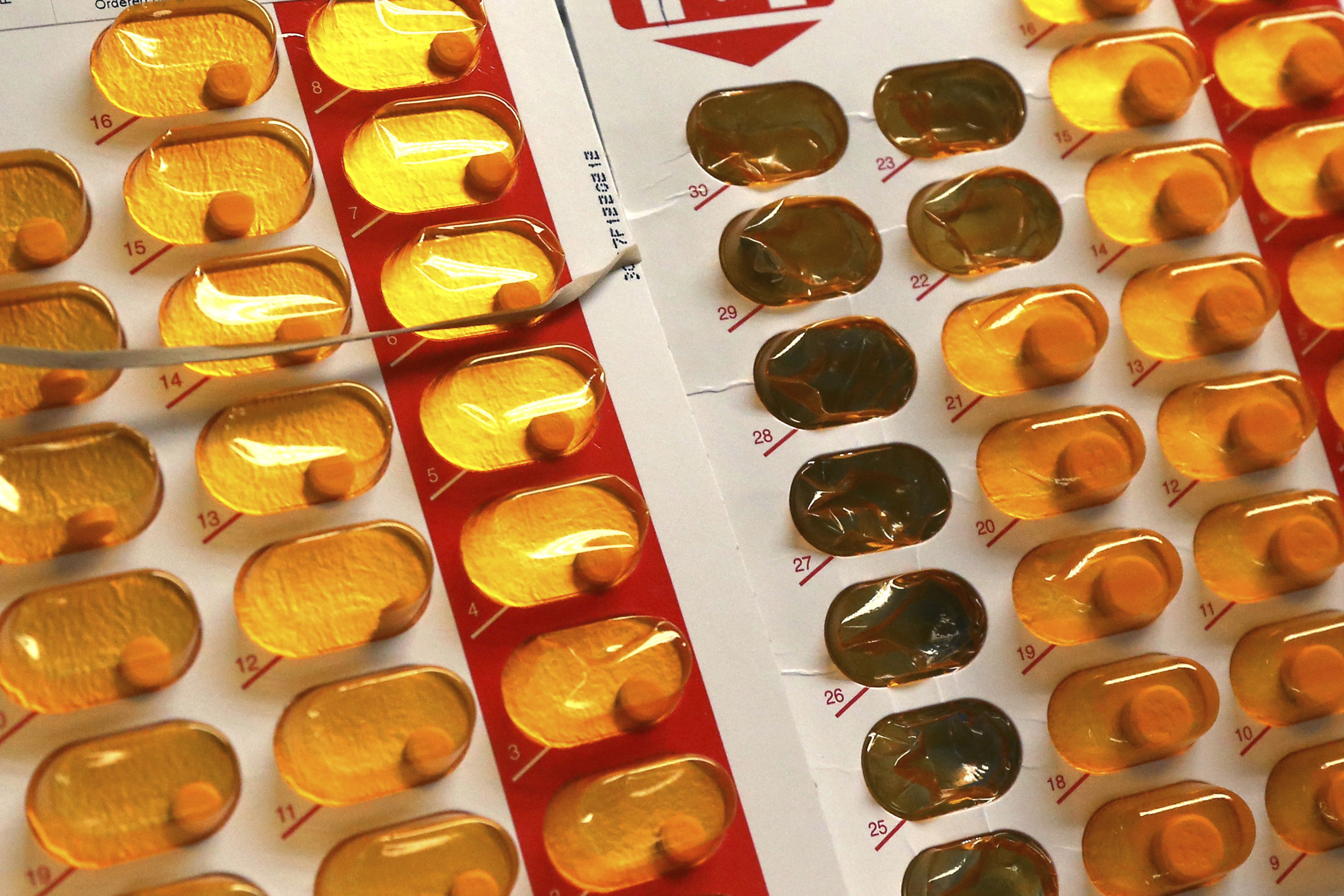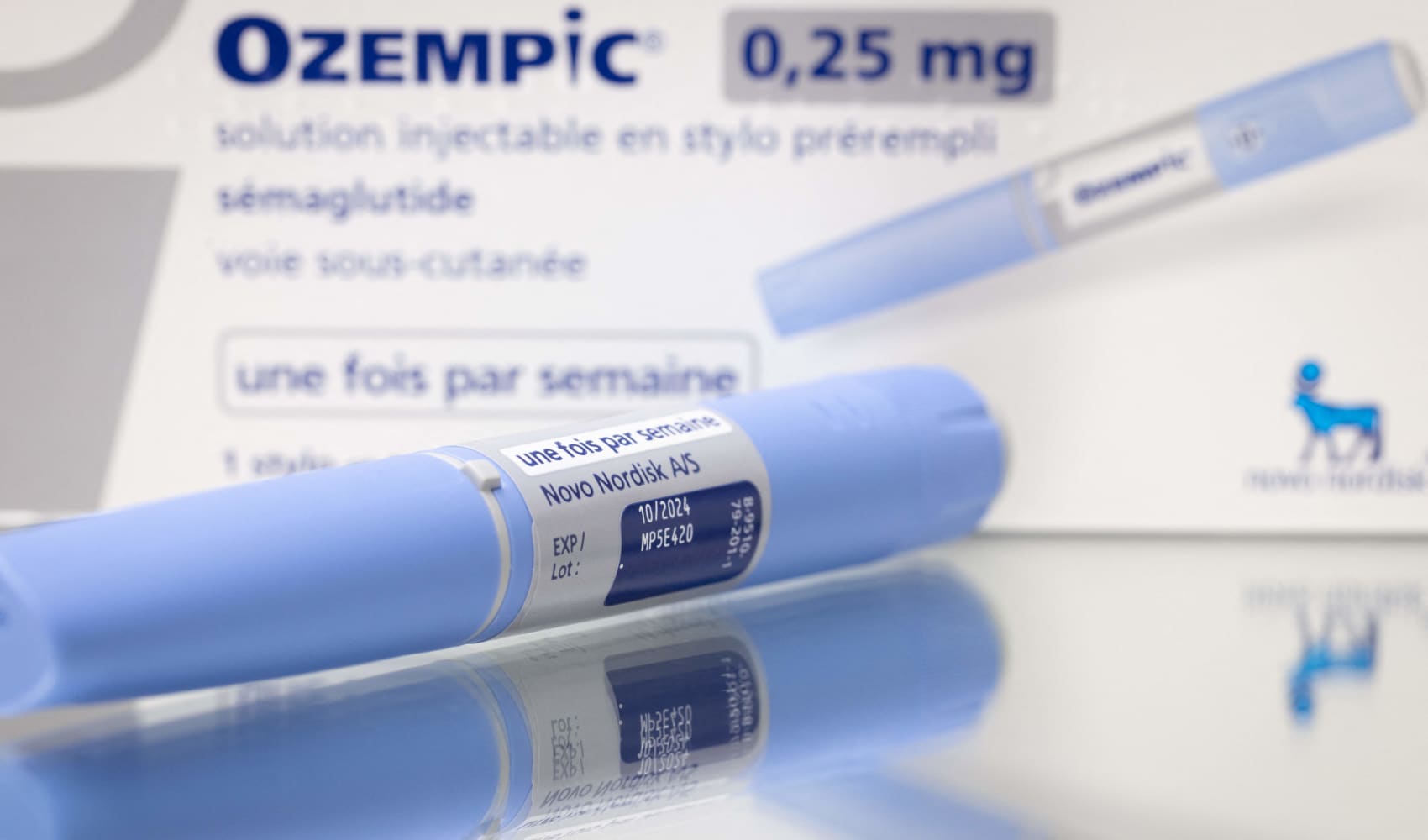What if your Orthopedic Surgeon could make a copy of your damaged bone and practice your surgery before heading to the operating room? It sounds like science fiction, but it's actually a new trend in medicine. Doctors are now using 3-D printing to create plastic models of their patient's damaged bones and body parts.
- Updates: Download the NBCLA app
Dr. Russell Petrie, an Orthopedic Surgeon with Hoag Orthopedic Institute in Orange County, is using the technique to better prepare for his complex surgical cases.
"Rather than just looking at something on a CT scan, 3-D printing gives us the ability to hold something in our hand and physically practice on an anatomy that is specific to the person," said Petrie.
Petrie doesn't simply study the plastic replica, he practices the surgery on the model prior to operating on the patient. This allows him to create a plan of attack that may improve safety and the results for patients. He says the technique has helped him with difficult shoulder surgeries.
"You mess this up as a surgeon and their shoulder is messed up for life," Petrie said. "For me, (that is) the whole driving factor behind taking the time to go through all of this."
The process begins with a CT scan. It provides the doctor with a three-dimensional image of the damaged bone. That image is then sent to a 3-D printing company where they covert the data into a plastic replica using a high-tech 3-D printing system. In less than a day, the model is delivered to the doctor. He can then study the actual anatomy of his patient and better plan his surgical approach.
Health & Wellness
Health and wellness news
"I think it's going to be common place to some extent. It by no means needs to be in every single case but for the complex cases, it's extremely helpful," said Petrie.
No everyone agrees. Some medical experts say printing plastic models does little to improve outcomes or safety. But insurance companies are starting to pay attention and they could eventually cover the cost of having the models produced. If that happens, 3-D printing would become commonplace for many medical specialties.



